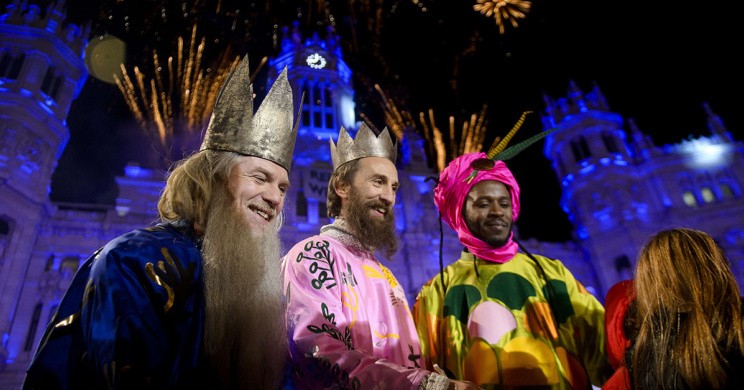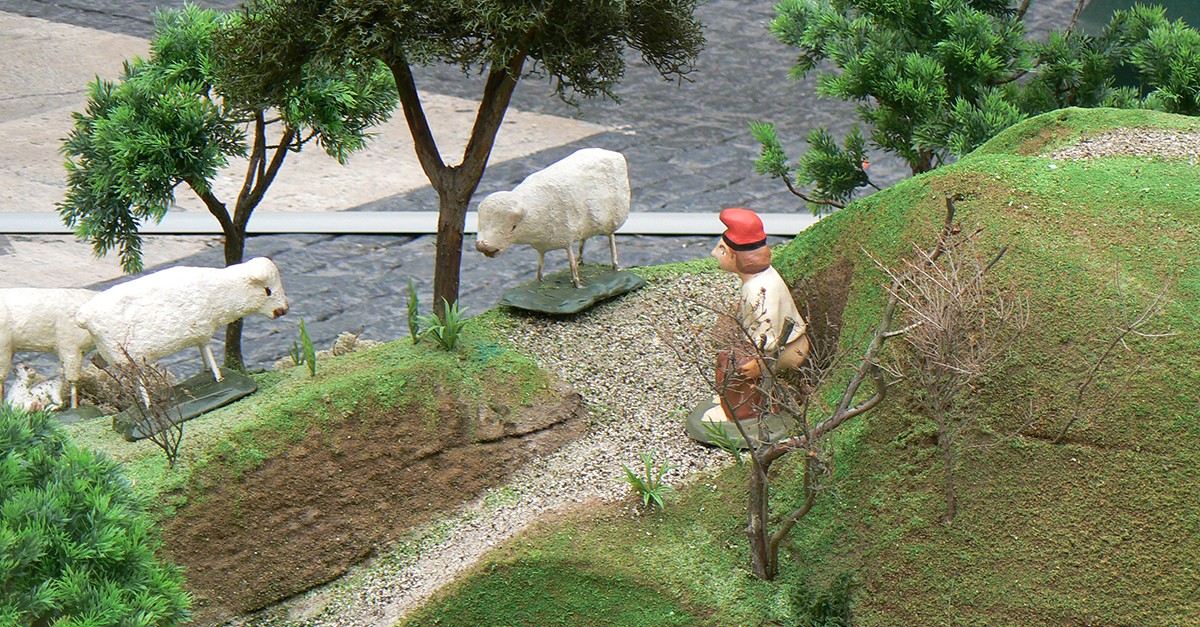
How is Christmas celebrated in Spain? Spanish Christmas traditions are full of colour, culture, and quirky customs. From unique decorations to festive foods and New Year rituals, Spain’s celebrations are both traditional and delightfully unusual. Here’s your guide to experiencing Christmas like a local, with these 10 facts about Christmas in Spain.
- What is Christmas called in Spain?
- The Three Wise Men parade: Cabalgata de Reyes
- Spain’s famous Christmas lottery: El Gordo
- New Year traditions: eating 12 grapes
- Traditional Spanish Christmas food
- Spanish Christmas decorations
- Día de los Santos Inocentes: Spanish April Fools’ Day
- Midnight mass: Misa del Gallo
- Experience Christmas in Spain
What is Christmas called in Spain?
In Spain, Christmas is called “Navidad”, and the country comes alive with festive cheer between 24th December and 6th January. Each region has its own unique way to say Merry Christmas:
- Catalonia: Bon Nadal
- Galicia: Bo Nadal
- Basque Country: Eguberri on
Unlike many countries, Spain traditionally doesn’t celebrate Santa Claus or Father Christmas. Instead, children receive gifts from the Reyes Magos, the Three Wise Men, on 6th January, the Feast of the Epiphany.
The Three Wise Men parade: Cabalgata de Reyes

On 5th January, Spanish towns and cities host the cabalgata, a spectacular parade where the Three Wise Men ride floats through the streets, tossing sweets to children. This tradition commemorates the Epiphany, when the Wise Men visited baby Jesus, making 6th January a central date in Spanish Christmas celebrations.
Spain’s famous Christmas lottery: El Gordo

A truly unique Spanish tradition is El Gordo, the Christmas lottery, which literally means "the fat one". Many Spaniards buy shares of tickets, often choosing the same numbers as friends or colleagues. The results are announced on 22nd December, usually with schoolchildren singing the winning numbers and jackpot amounts on live TV.
New Year traditions: eating 12 grapes

On New Year’s Eve (Nochevieja), Spaniards eat 12 grapes at midnight—one grape for each chime of the clock. Each grape represents a month of good luck and prosperity in the year ahead. The biggest celebrations take place in Madrid’s Puerta del Sol, with fireworks, crowds, and festive cheer.
Traditional Spanish Christmas food

Spanish Christmas cuisine is a highlight of the season. The main festive meal usually takes place on Christmas Eve (Nochebuena) and features:
- Serrano ham
- Seafood and fish, especially king prawns
- Turrón, a sweet almond nougat
- Roscón de Reyes, a festive cake eaten on 6th January, with hidden figurines symbolising fortune and fun
Spanish Christmas decorations

Portal de Belén
A portal de Belén is a Nativity scene that represents the birth of Jesus. They can range from simple displays to elaborate sets including the Three Wise Men, shepherds, and sometimes even the humorous caganer, a small figurine of a man defecating—one of Spain’s quirkiest traditions!

The Caga Tió in Catalonia
In Catalonia, children enjoy the playful tradition of the Caga Tió, or “pooping log.” Decorated with a face and legs, children hit the log with sticks on Christmas Day while singing, revealing sweets hidden inside.
Olentzero in the Basque Country
In the Basque Country, Santa Claus takes the form of Olentzero, a giant in peasant clothes who delivers gifts to children on Christmas Eve, walking along streets like Bilbao’s Gran Via.
Día de los Santos Inocentes: Spanish April Fools’ Day
Spain celebrates a day of pranks on 28th December, called Día de los Santos Inocentes, similar to April Fools’ Day. Watch your back—locals love practical jokes!
Midnight mass: Misa del Gallo
Christmas in Spain is deeply rooted in Catholic tradition. Many families attend midnight mass (Misa del Gallo) after Christmas Eve dinner, celebrating the birth of Jesus with prayers, music, and candlelight.
Experience Christmas in Spain
Now that you know how Christmas is celebrated in Spain, you can embrace these unique traditions wherever you are. From festive food to quirky customs and spectacular parades, Spanish Christmas celebrations are full of joy, surprises, and culture.
Where to spend Christmas in Spain: For the ultimate experience, visit Madrid, Barcelona, Seville, or Catalonia to immerse yourself in Spanish Christmas traditions.
¡Feliz Navidad!
